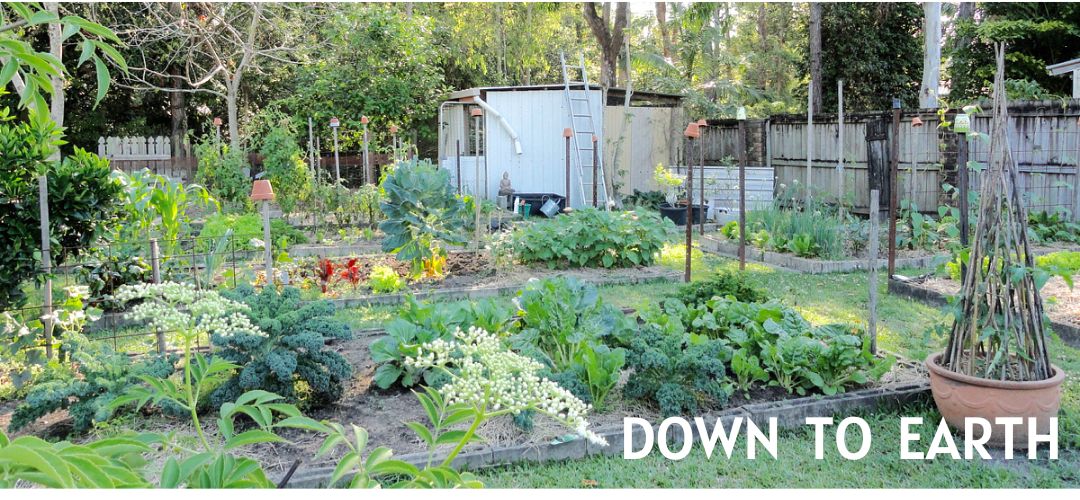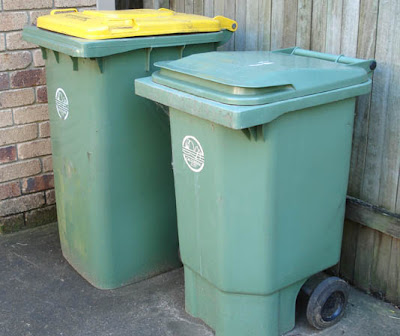I have few regrets when I look back on my old life but one thing I do regret is all the food and money I wasted. I’m very careful now to make sure that I buy only what I’ll use and when the food is in the house, I make sure I use it. “Forgetting” about it in the back of the fridge or the cupboard is no longer an option for me. I refuse to waste anything. Sadly, it’s not only the financial aspect of all that waste that is disturbing, it’s also that fact that most of it goes to our landfill sites and gives off greenhouse gases, including methane.
According to Wasteful Consumption in Australia: “Overall Australians threw away $2.9 billion of fresh food, $630 million of uneaten take-away food, $876 million of leftovers, $596 million of unfinished drinks and $241 million of frozen food, a total of $5.3 billion on all forms of food in 2004. This represents more than 13 times the $386 million donated by Australian households to overseas aid agencies in 2003.” 1
I wonder if others are shocked by those figures. I am.
The waste outlined in the report is broken down into the following demographic characteristics: Younger people waste more than older people. In the 18 – 24 year old age bracket, there was an amazing 38 percent who said they wasted $30 worth of fresh food per fortnight. This sharply reduces in the 70-plus age bracket where only seven percent of householders admitted similar waste. 1
The key to stopping food waste is good organisation. When you shop, do it with a shopping list after you’ve planned your menus, or at least have a good idea of what you need to buy for meals. Don't impulse shop, thinking you'll buy something "just in case", or because it looks good. When you buy meat, fish and poultry, get it home quickly, divide it into meal-sized portions and label it clearly, with the date, and put it in the fridge or freezer as soon as you can. Keep all the different kinds of meat together in their own sections. This will help you know when you need to buy fresh supplies of that particular product. If you have a freezer with drawers, keep all your beef in one draw, the chicken in another, or divide the drawer in two and have beef one side and lamb in the other. If you have a box-type freezer, put your meats in baskets, plastic containers or old plastic shopping bags that are labeled with the contents.
Organising your freezer, and making a commitment to keeping it organised, will help because you’ll know what you have on hand, what you need to buy and what needs to be used before it is too old. Most freezers have a frozen food guide printed on the inside of the door, be guided by it and don’t store food longer than the suggested time period. Keeping a freezer log is also a good idea. Just get a small notebook and divide it up into sections. When putting new food in the freezer, enter it in the log, complete with portion size, food type, date. When you use something in the freezer, cross it off your log book. You’ll know at a glance exactly how much frozen food you have. Keep the log close to your freezer so you don’t waste time looking for it when storing new food or taking it out.
Be mindful of what is in the fridge that needs to be used. You might have vegetables that are a bit old - make vegetable soup and freeze it. There will be a night when you are grateful to have a pre-made homecooked meal ready to go. The apples going soft in the fridge? Stew them and have them that night with a little cinnamon sugar and warm custard.
I challenge all of you to go to your fridges now and see if there is anything that is on the verge of being wasted. If so, do something with it before it's too late.
1 Wasteful Consumption in Australia
Clive Hamilton, Richard Denniss, David Baker
Discussion Paper Number 77
March 2005
ISSN 1322-5421

